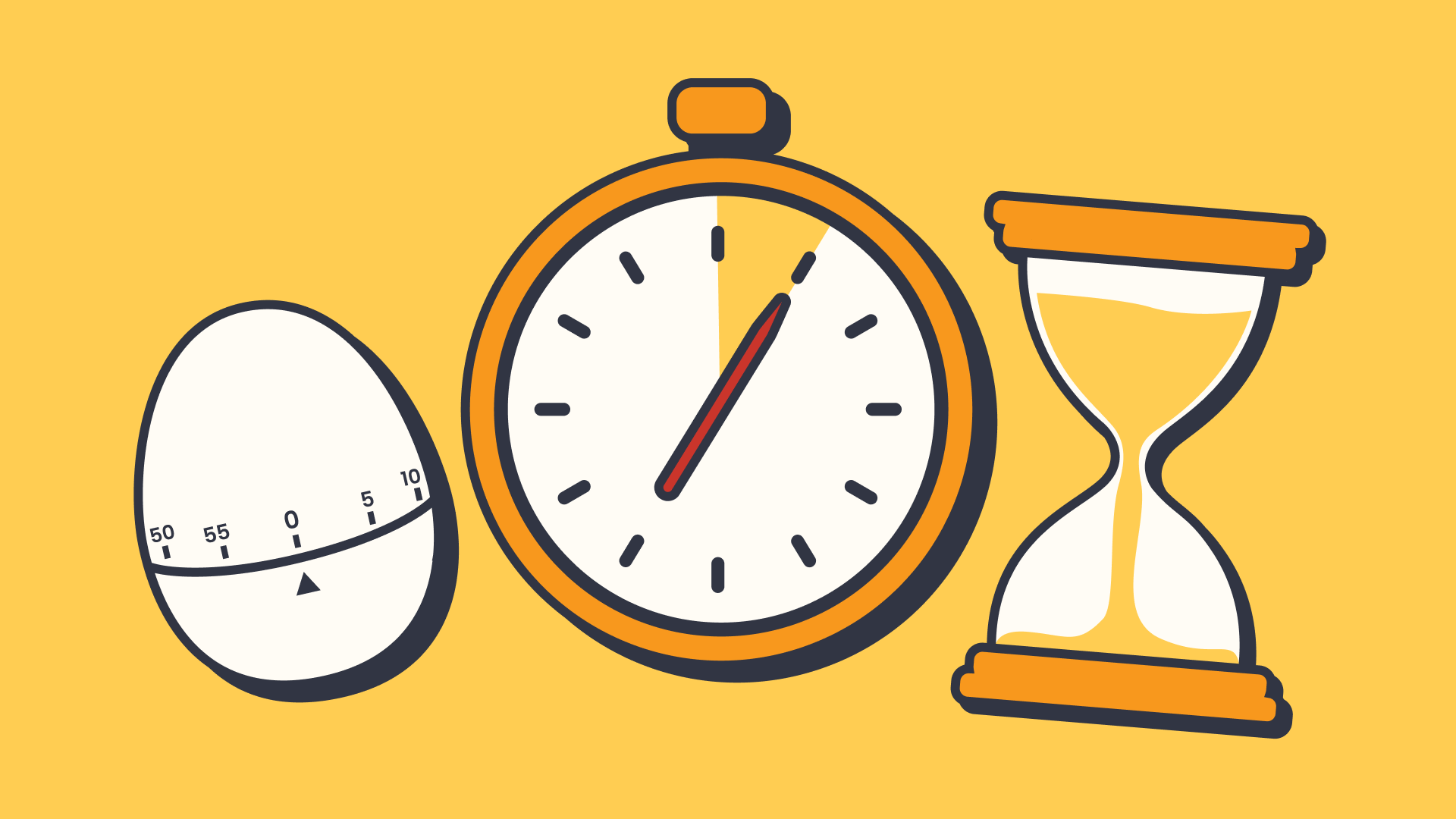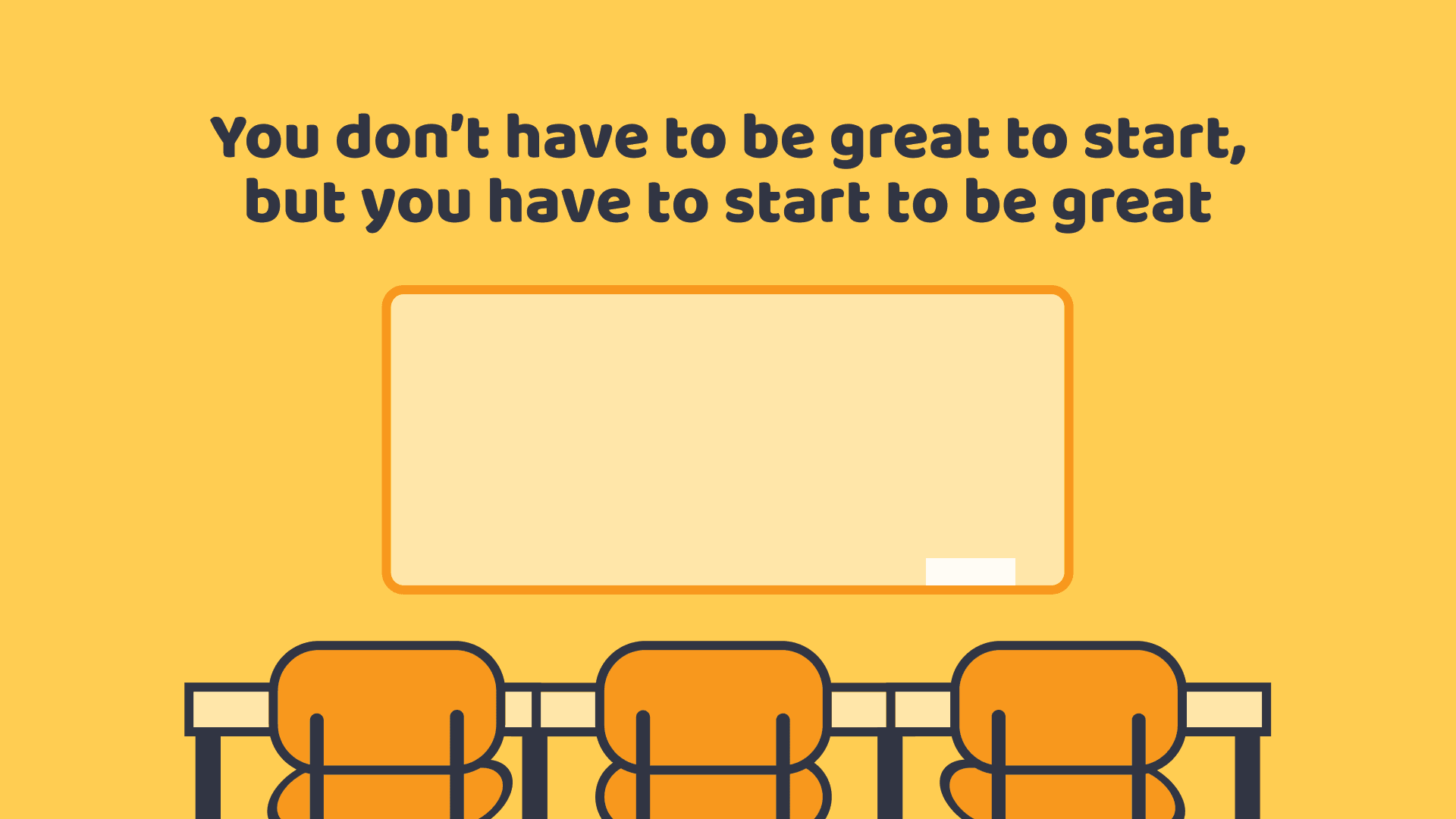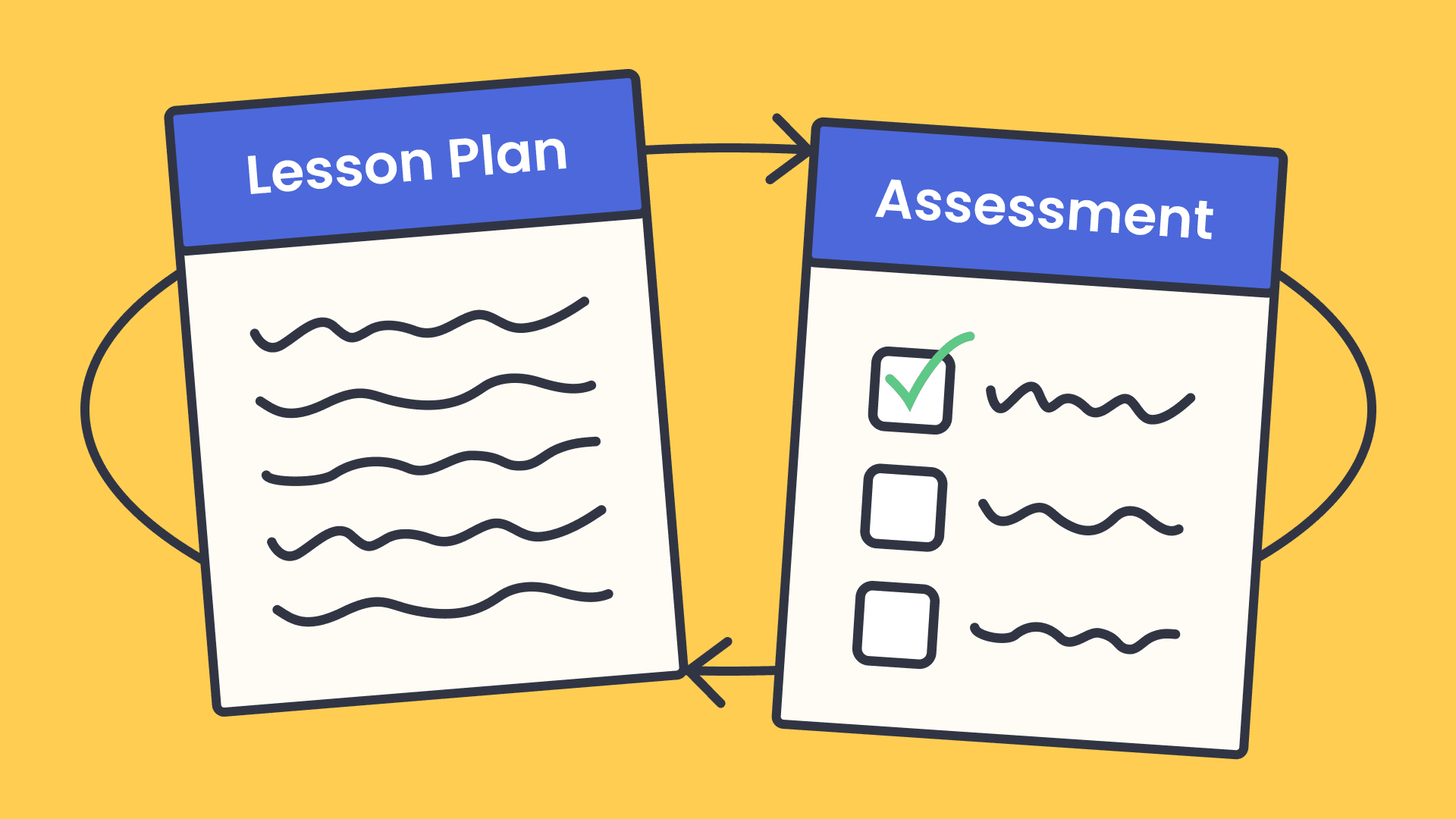17 Smart ways to use classroom timers
In this guide
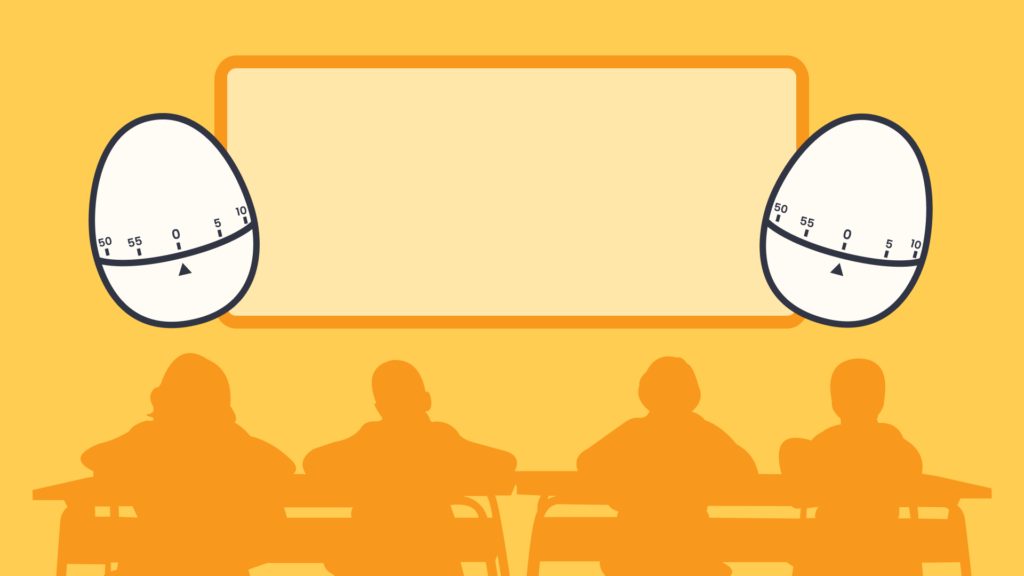
Why timers work: classroom benefits of using a timer
We’ve all been there, right? Those classes or days that feel like you are quite literally herding cats? Or you’re the circus master trying to ensure that all the acts are in the right place at the right time?!
Elementary classrooms are not so dissimilar to a circus!
Each classroom contains any number of ‘performers’ all trying to put on their act, and your job is to try to make sure this ‘circus’ has some semblance of order each and every day. However, there are some simple and underrated tools that we have at our disposal that can save our time, our voices and our sanity!
One of those tools is the humble classroom timer. Whether you go for an old-fashioned egg timer, or maybe a digital affair with sound effects, classroom timers can help with anything from transition times, classroom engagement, as well as the general, day to day management of your classroom.
As the teaching load becomes heavier and heavier, we all need weapons in our arsenal that are going to make every day in the classroom just that little bit easier!
Best types of timers for different classroom needs
One of the great things about being a teacher in the digital age is the amount of technology we have at our disposal! There are some excellent digital on screen timers that can be used for such a wide variety of reasons, as well as the simple sand timers that have been an old faithful to teachers for decades!
1) Visual timers
In my experience, having a timer on a screen can help students to focus on the task at hand, as well as adding an element of fun to the day! A quick Google search will bring up any number of visual timers that can be used in your classroom.
OnlineStopwatch has a vast variety of visual timers, but my personal favorite is the Snail Race timer! You enter the time that you desire, whether that is 5 minutes to clean the classroom or 20 minutes for a focused writing session, and for that duration of time snails will ‘race’ across the screen!
If your students might get distracted by a visual timer that is too busy on the screen, then this Sensory Arc classroom timer is just great! As the time passes, the colored arc slowly turns to grey.
For learners who may have additional needs, or perhaps just younger students, these sorts of classroom timers can be a great way to show that time is passing. This can help your students to focus, as well as bringing an awareness of time management into your lessons.
There are any number of visual timers available on the internet, and they can be used in any number of ways in your classroom!
- During transition times.
- During lessons – such as writing or quick math challenges.
- During tests.
- Whole class activities such as carousel lessons.
- When students are giving presentations.
In my classroom, I use these types of visual timers a lot, in these instances and more! My favorite way to use these timers is during carousel lessons. For example, I have different science activities laid out on each table, and the students can spend a set amount of time at each table exploring the resources. By using a classroom timer like this, I can make sure that every group has an equal amount of time on each activity, even if I get engrossed in talking to a student and forget!
2) Sand timers
Don’t forget the old faithful – the sand timer! These are so useful to have in your classroom, and you can get a variety of timers that last for anything between 20 seconds and ten minutes!
Sand timers can be used in so many ways, and in my classroom they are used daily!
3) For children with additional needs
Some students need a personal timer to help them to focus on their task. For example, you might set a student the challenge of working on their writing for 5 minutes then they can have 5 minutes doing a sensory activity.
Having their own personal timer for this can help them to stay on task, and can be less distracting for the rest of the class.
4) Small group lessons
In my classroom, I have areas that are set up as curriculum challenge areas.
If a student or students finish the whole class activity, they can go to the challenge area, where they will find some extra questions or activities along with a sand timer!
The timer can help to keep them focused, and adds an element of competition which they love!
5) Mindfulness brain breaks
Sometimes, your students might just need a break to give their brain a rest!
Rather than using a screen in this instance, a sand timer can be a great way to allow your students a few minutes to color, breathe, or just be!
6) Hand washing!
In my school we recently had an outbreak of coronavirus. Having a sand timer stuck to the wall next to the sinks ensures that every child washed their hands for 30 seconds!
Incidentally, my class had the least amount of students who were sick!
7) Silent reading
In many classrooms I have worked in, it has been school policy to have a period of time for silent reading after the lunch break. For some students, this is really hard, so having a sand timer on the desk can help those students to remain on task without feeling overwhelmed.
8) Auditory timers
In some instances, you might prefer to have a classroom timer that is running that students can’t see but they can hear!
Wind up kitchen timers, or apps with sound effects can be really useful here. Try these in;
- Timed games, in PE for example.
- During tests – so that students don’t fixate on the remaining time but can clearly hear when their time is up.
- To signal transitions – This can really save your voice on those days when you feel like you’ve been yelling!
- ‘Beat the Buzzer’ learning games. I use this sort of timer regularly when I am challenging my student to see how many times tables questions they can answer!
- During Discussion time to signal the end of the time talking with a peer and to show that it is time to be ready to learn!

Creative ways to use classroom timers for transitions, tasks, and breaks
In my ten years’ experience in classrooms all over the world, there’s one time of the day that just seems like chaos, and it’s usually when the leadership team decides to drop in too: transition times!
Using a classroom timer during transition times can really help to save your voice and your sanity.
Here are my favourites:
9) Tidy up timer
Set a two minute timer and challenge students to tidy up the classroom and return to their seats ready for the next lesson.
Sometimes, if the class is particularly untidy, I will add an extra element of fun and pick a ‘magic job!’ Whoever completes the magic job, whether it was a stray piece of paper on the floor or washing up the paintbrushes, gets a reward, but only if they completed the magic job in silence!
Try it, it really works!
10) Line Up timer
Set a 30 second timer and challenge your students to line up, whether they are going to lunch or on their way to an assembly or PE!
If they get really good, reduce the time to 20 seconds. I often boast to other teachers about my class’ lining up skills, ensuring that the students hear! This really helps with their motivation to do a good job!
Using timers can also really help all students to focus on the task in hand. If students know exactly how long they need to focus on something, and there is a visual record of that time passing, it can have a hugely positive impact on lesson outcomes.
11) Work sprints
For those classes that find it particularly hard to stay on task, break up your lesson into ‘sprints’ setting a timer for intervals of five to ten minutes, allowing brain breaks etc in between.
12) Speedy spellings
One of my favorite activities to do with younger learners is to set a timer for a minute or so and challenge them to write down your spelling words as many times as possible! The focus is unreal, and they love it!
In many classrooms, those breaks in between tasks and transitions are equally as important, with many students requiring these breaks in order to get through the day!
13) Dance party
If the energy in the classroom is dipping, I love to get them going again with a dance party!
Set a classroom timer for 3-5 minutes and put on some fun music! Start bouncing around with the students, you’ll be surprised how much it can help you to focus again afterward!
14) Stretch break
Another way I love to break up the day is to stretch! I sometimes pick a student to come to the front and lead some stretches, and when the timer goes off, everyone gets back into work mode!
Timer games and challenges to build motivation and focus
Adding a classroom timer into a range of classroom games and challenges really changes the ball game! Students who may not seem motivated or engaged are suddenly on task and desperate to ‘beat the timer!’
15) Speed sorting
At the start of a lesson, give students a bunch of cards to sort before the buzzer goes off!
It could be sorting shapes into categories, sorting vocabulary into word groups, or even sorting numbers into odd/even!
For those learners who need to be physical, this starter can work amazingly as a relay race too!
16) Hot potato questions
Get your students into a circle, and pass an object around while the time is counting down.
Whoever is holding the object when the buzzer goes off gets to ask/answer a question about your chosen topic.
17) Teamwork timer
When students are discussing something, such as how to set up a science investigation or how to solve a math problem, set a timer!
They then need to finish their discussion and be ready to share when the timer goes off.
This can help students to remain on topic, just make sure you give them long enough or some may start to panic!
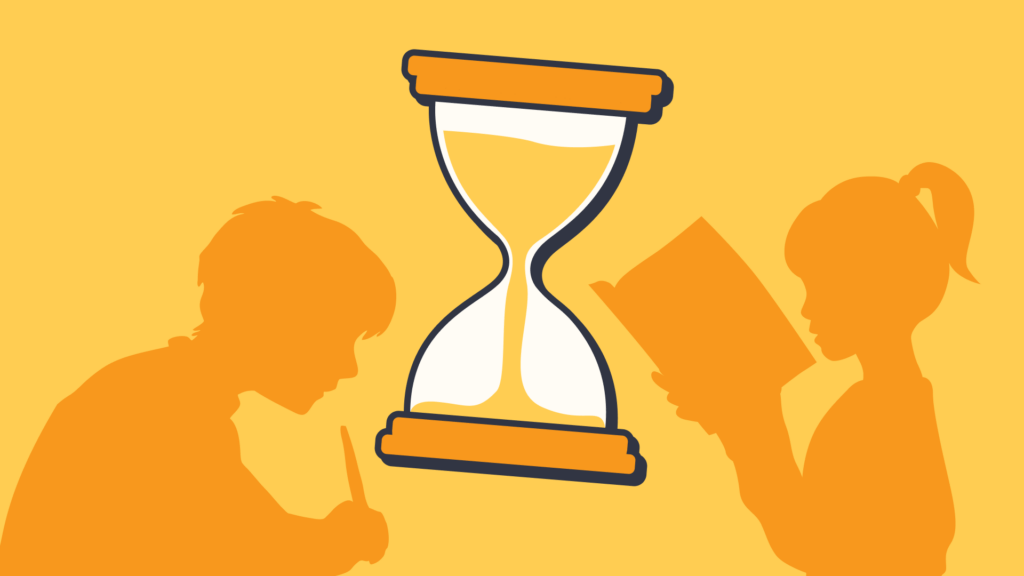
Tips for using timers to support student independence and routines
Once you get used to using classroom timers, there’ll be no going back! Not only does it make your job easier, but they can also promote independence in your students.
Giving them an auditory and visual cue for when activities start and finish can benefit all learners, as they can start to take charge of their own learning, rather than relying on you as a teacher to spoon feed them every instruction throughout the day.
As time goes on you may even find you need the timers less, because the self awareness and time management of your students has improved so much!
At the end of the day, our goal as teachers is to make sure that coming to school is fun, and that students are engaged in their learning. Using timers in your classroom can be an incredible tool to help you achieve just that!

Ruth Litchfield
briefcase iconEducator & Education Content Creator
Ruth is an experienced primary school educator of over a decade, and an Educational Content Creator. She specialises in creating fun and engaging activities that require minimal resources and cover multiple curriculum areas.
Other posts
Want more content like this?
Subscribe for blog updates, monthly video releases, trending topics, and exclusive content delivered straight to your inbox.

